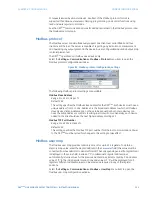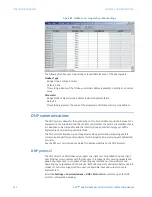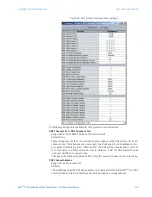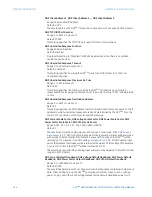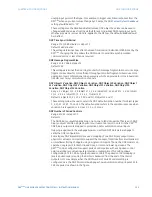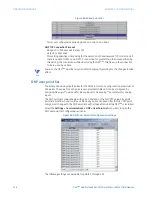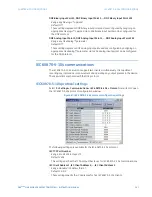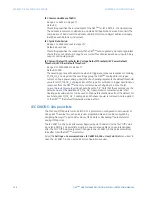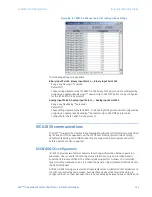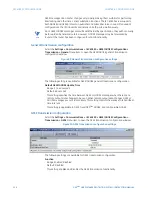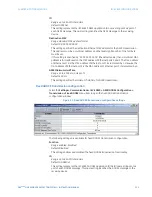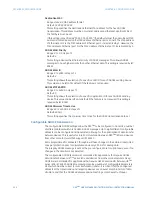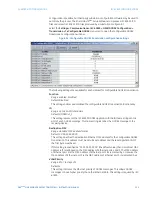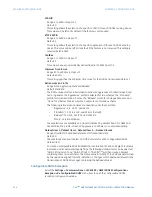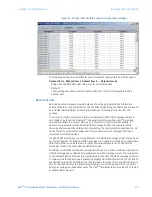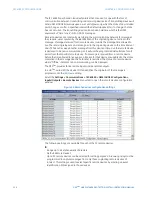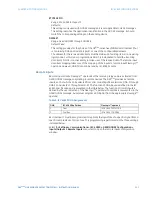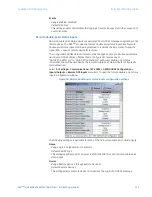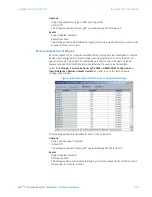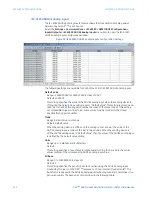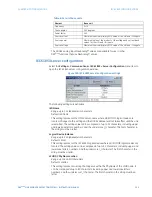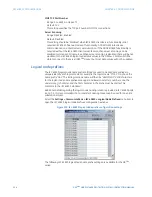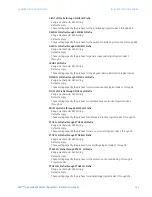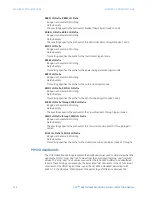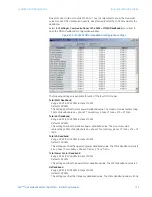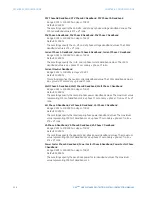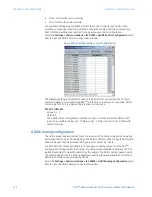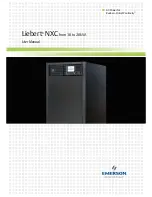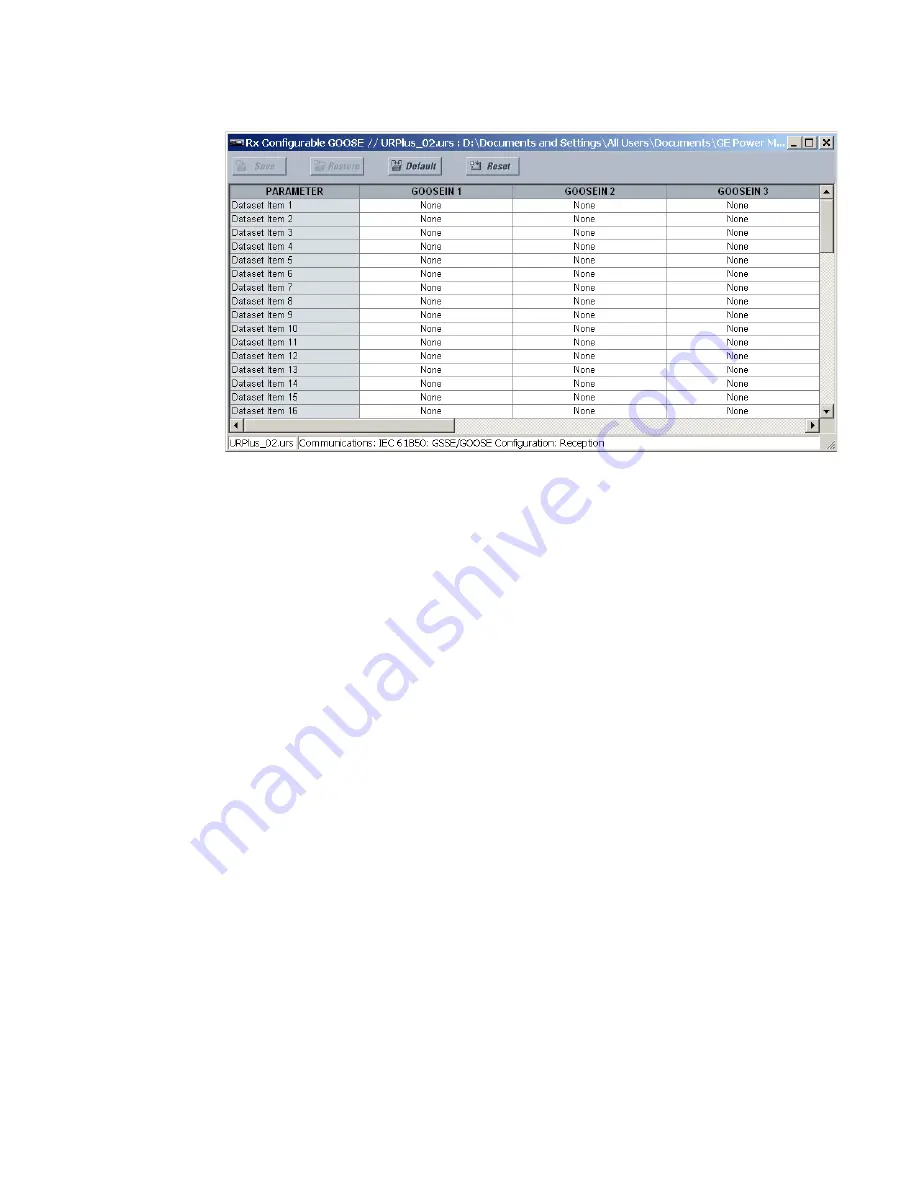
CHAPTER 6: COMMUNICATIONS
IEC 61850 COMMUNICATIONS
D90
PLUS
LINE DISTANCE PROTECTION SYSTEM – INSTRUCTION MANUAL
115
Figure 93: Configurable GOOSE reception configuration settings
The following settings are available for each dataset for configurable GOOSE reception.
Dataset Item 1, Dataset Item 2, Dataset Item 3,..., Dataset Item 64
Range: all valid MMS data item references for transmitted data
Default: 0
These settings are used to select an MMS data item for each configurable GOOSE
dataset item.
Remote devices
Remote inputs and outputs provide a means of exchanging digital state information
between Ethernet-connected devices. The IEC 61850 GSSE (Generic Substation State Event)
and GOOSE (Generic Object Oriented Substation Event) standards are used for this
purpose.
The sharing of digital point state information between GSSE/GOOSE equipped relays is
essentially an extension to FlexLogic™, allowing for distributed FlexLogic™ by making
operands available to and from devices on a common communications network. In
addition to digital point states, GSSE/GOOSE messages identify the originator of the
message and provide other information required by the communication specification. All
devices listen to network messages and capture data only from messages that have
originated in selected devices.
IEC 61850 GSSE messages are compatible with UCA GOOSE messages and contain a fixed
set of digital points. IEC 61850 GOOSE messages can, in general, contain any configurable
data items. When used by the remote inputs and outputs feature, IEC 61850 GOOSE
messages contain the same data as GSSE messages.
Both GSSE and GOOSE messages are designed to be short, reliable, and have high priority.
GOOSE messages have additional advantages over GSSE messages due to their support of
VLAN (virtual LAN) and Ethernet priority tagging functionality. The GSSE message structure
contains space for 128 bit pairs representing digital point state information. The IEC 61850
specification provides 32 DNA bit pairs that represent the state of two pre-defined events
and 30 user-defined events. All remaining bit pairs are UserSt bit pairs, which are status
bits representing user-definable events. The D90
Plus
implementation provides 32 of the 96
available UserSt bit pairs.

